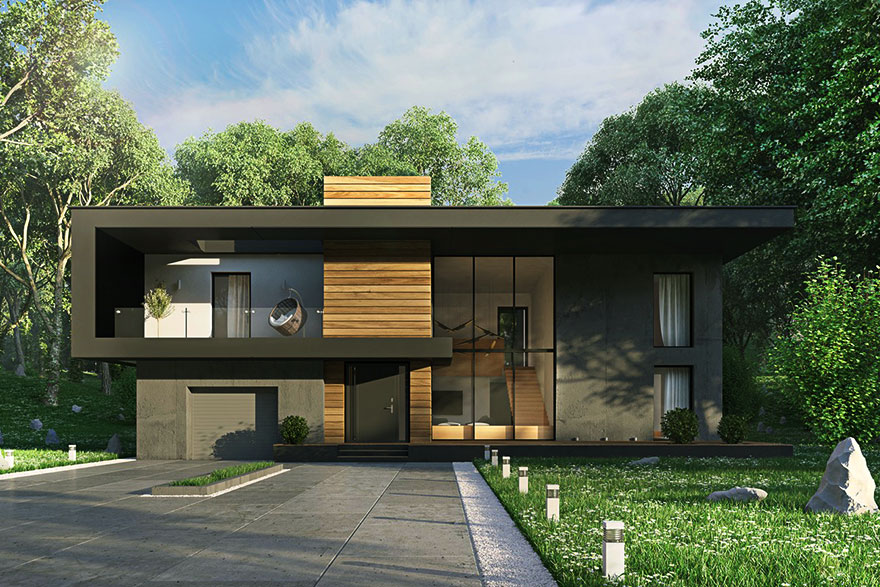Are you new to construction? When you discovered the miracle of 3d architectural rendering services, did your interest peak? Very good for you! When starting a 3D building rendering service, you should know the following.
3D Architectural Rendering Services, architectural rendering, 3d rendering, rendering companies, 3d rendering services, 3d architectural rendering prices
To become an expert in architecture, you need to understand the internal jargon of architectural rendering. You need to understand its ins and outs, there is no easier way to find it than to find yourself. Or hear from us! Here is some knowledge about 3D architectural rendering design.
Architectural visualization has evolved from simple plan architectural pencil sketches to a full 3D rendering and interactive experience to show owners and potential buyers the look of the design
Architectural rendering is an increasingly popular career option. Although you used to need complex and huge drawing boards and a lot of execution skills, now we only need some creativity, imagination and computer programs to execute commands.
3D Models – What Are They?
Everyone knows this, and they all know more or less. The model is equivalent to the skeleton of a picture.
Every object in it needs to build a model. There are many ways to build a model. Some can also drag the finished model directly. It can be purchased or used in the past. The efficiency will be much higher. Some large numbers of duplicate objects can also be arrayed with plugins, such as trees, grass, etc.
After the model is built, it is just a bunch of color blocks, like this.
Give texture
So if you don’t assign a reliable material to each object, it can only be rendered as a bunch of color blocks, which has no meaning, so the material is equivalent to the flesh and blood of the picture.
For objects without materials, materials need to be assigned one by one. The material is not equal to the texture, but also the texture. The texture mainly includes reflection, refraction, highlights, bumps, etc. These must be achieved through parameters or some special mapping.
This is the material of the stone wall in the picture above, adjusted for dirt, gloss, and unevenness.
All things in the natural world that we can see with the naked eye have reflections. Reflections are divided into specular reflections and diffuse reflections. From a physics perspective, diffuse reflections are composed of countless small specular reflections. These small mirrors are related to the unevenness, and the degree of unevenness causes gloss. But in the software, these are adjustable parameters, which are independent and affect each other.
Scene lighting
After the material is adjusted, if it is in VRay, if the rendering is black at this time, we need to light up to illuminate the scene.
There are two types of light in VRay, one is direct lighting and the other is indirect lighting.
Direct lighting is simple, that is, a variety of lighting, surface lights, ball lights, spotlights, sunlight systems and so on. However, these lights can only play the most basic lighting role. They do not have any effect on the shadows, where they are not illuminated, and it is difficult to affect reflection and refraction. Therefore, indirect lighting is more often required.
VRay now has a concept of global illumination. Even if no light is hit, the scene is illuminated by the brightness and hue of the color. With an HDRI map, the entire scene can be lit up, and it can also create beautiful tones. And this global illumination is also the focus of beautiful reflection. There is a saying in VRay that the glass is beautiful or not, it depends on the environment.
360 environment HDRI map.

